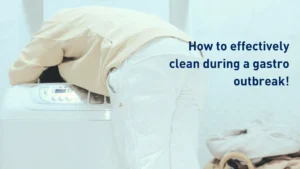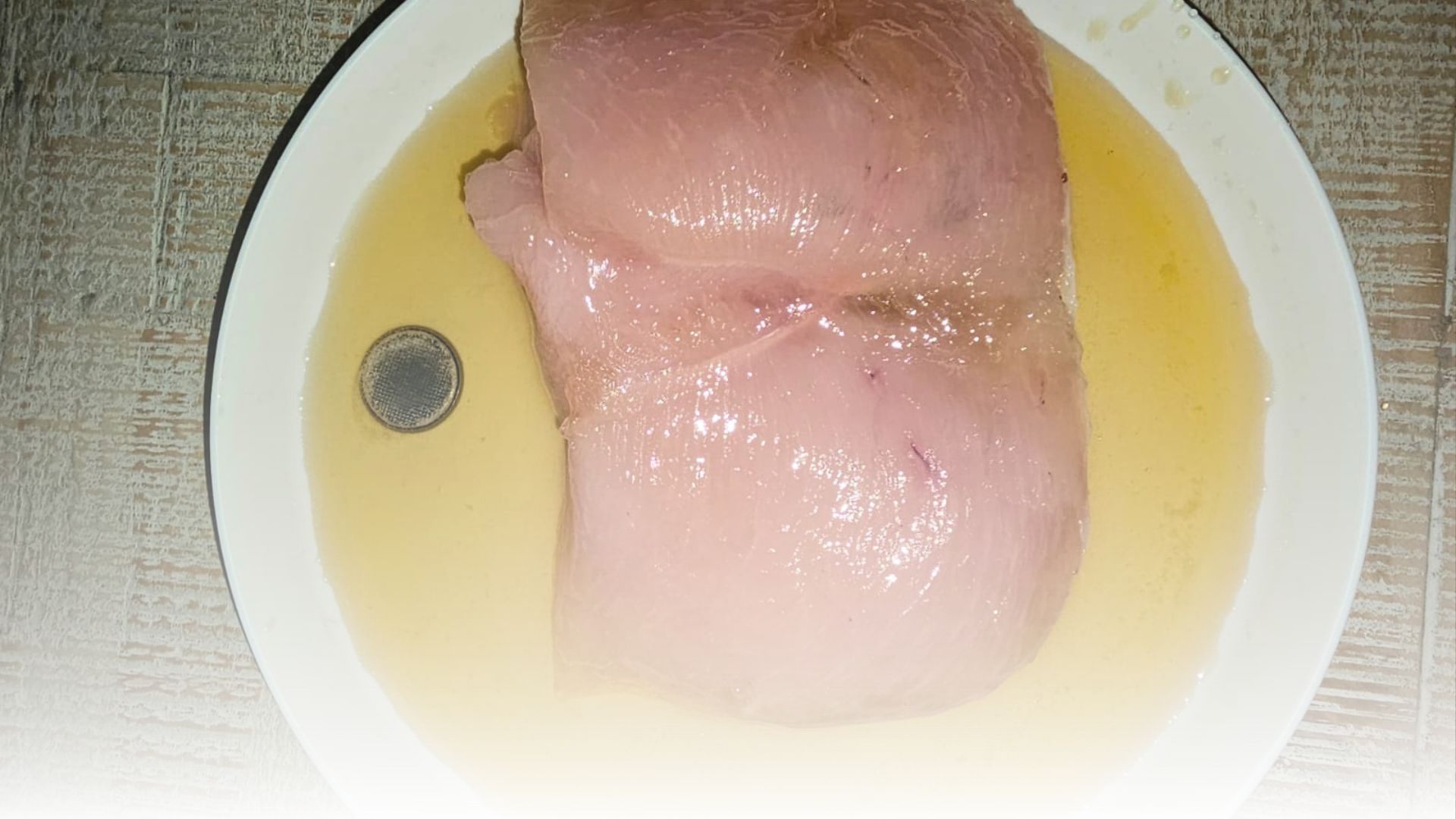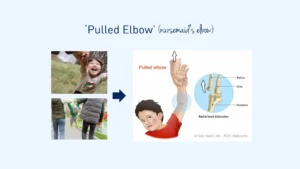
Can I Prevent Gastro From Wiping Out Our Entire Household?
When your child gets gastro, you may just accept that the entire family is doomed. But there is hope!

They’re tiny, shiny, and can be tempting to little explorers… but button batteries are one of the most dangerous items a child can swallow. In just two hours, a battery stuck in the oesophagus can burn through tissue and cause life-threatening injuries.
That’s why the first aid guidelines have been updated – and it’s so essential every parent, grandparent, and carer knows what to do.
From the NSW Poisons ‘Button Battery’ Fact Sheet – Every day in Australia there is at least one child who needs to go to hospital because of button battery ingestion. In 2019, the NSW Poisons Information Centre took 190 calls regarding button battery exposures. The Australian Paediatric Surveillance Unit has reported one severe case each month, here in Australia, over the last 2 years. These children often need emergency rescue from rural areas and days to weeks of hospital care.
Research shows that administering honey (or jam for children under 12 months, due to the risk of infant botulism) before reaching the hospital can help slow the severe damage caused by a swallowed button battery.
We even conducted a time-lapse experiment with honey and jam to demonstrate just how significant the difference can be. The results were incredible: while they don’t “fix” the problem, they can help protect delicate tissue and buy critical time while you get to the hospital.
👉🏼 Click here to watch our reel experiment and see the results for yourself. You can see images of the results here.
Children can initially have no symptoms at all when they have ingested a button battery. Suspicion a child has swallowed a button battery is enough to seek urgent medical attention!
Possible symptoms include; Decreased appetite, difficulty eating solids (may still be able to drink), drooling, noisy breathing, coughing, vomiting, regurgitation of food, fever and chest pain (may make a grunting noise), spitting blood, blood-stained saliva, very dark stained/black bowel motions.
📞 Call the Poisons Information Centre immediately: 13 11 26.
🚑 If your child is having difficulty breathing, call 000 right away.
🍯 Give two teaspoons of honey every 10 minutes on the way to the hospital (unless your child is under 12 months, or you don’t have honey – in that case, use jam).
🚫 Don’t give your child anything else by mouth.
Remember: suspecting a button battery ingestion is always a medical emergency.
It can feel overwhelming when you think about emergencies, but having the right knowledge gives you confidence to act when it counts. The more families, carers, and educators who understand these updated guidelines, the more protected our children will be.
Here are some more useful links;
References
NSW Poisons Button Battery fact sheet – https://www.poisonsinfo.nsw.gov.au/Factsheets/Button-Battery-Factsheet.aspx
NSW Health Botulism fact sheet – https://www.health.nsw.gov.au/Infectious/factsheets/Pages/botulism.aspx
ANZCOR Guideline 9.5.1 – First Aid Management of Poisoning – https://www.anzcor.org/home/first-aid-for-bites-stings-and-poisoning/guideline-9-5-1-first-aid-management-of-poisoning
Know what to do in an emergency, book your CPR Kids class today.

When your child gets gastro, you may just accept that the entire family is doomed. But there is hope!

Which one suits you best?

Do your kids LOVE being swung by their arms? Read this!